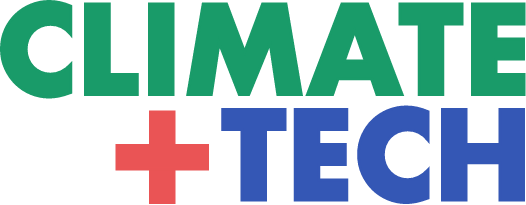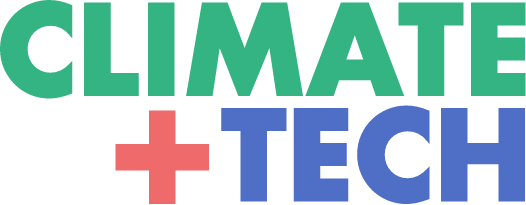Research into the EU's CAP demonstrates a considerable majority of subsidies support animal-based agriculture, contributing to an increased environmental impact.
Over 80% of the EU's Common Agricultural Policy Supports Emissions-Intensive Animal Products
Over 80% of the EU’s Common Agricultural Policy Supports Emissions-Intensive Animal Products
This study delves into the European Union’s Common Agricultural Policy (CAP), uncovering that a substantial portion, 82% of agricultural subsidies, is allocated to animal-based products. Despite providing only 35% of EU calories and 65% of proteins, these products are linked to 84% of the total greenhouse gas emissions from EU food production, highlighting a critical area of concern within the CAP’s funding priorities.
Authors
- Anniek J. Kortleve
- José M. Mogollón
- Helen Harwatt
- Paul Behrens
Objectives and Hypothesis
The investigation scrutinizes CAP’s subsidy allocation patterns, with a particular focus on their environmental implications. The study aims to illuminate the relationship between subsidy allocations and the promotion of emissions-intensive food production within the EU.
Methodology
Utilizing comprehensive datasets from the Food and Agriculture Biomass Input–Output (FABIO) database and the Farm Accountancy Data Network (FADN) Public Database, the research meticulously tracks the flow of CAP subsidies towards different agricultural sectors, differentiating between direct subsidies and those allocated for animal feed.
Key Findings and Results
- A significant 82% of CAP subsidies are directed towards animal-based foods, with considerable funds allocated to support animal feed.
- These animal-based foods are responsible for a disproportionate share of the EU’s agricultural emissions.
- The analysis also reveals that a notable portion of subsidized, emissions-intensive products is exported outside the EU, raising questions about the CAP’s alignment with environmental sustainability goals.
Future Research Directions
The study suggests further research could explore how reconfiguring CAP subsidies might support more sustainable agricultural practices, potentially enhancing the EU’s environmental sustainability efforts.
Practical Applications
The findings illuminate the distribution patterns of CAP subsidies and their environmental implications. This analysis can inform discussions among policymakers, stakeholders, and the public about how agricultural policies might evolve to better support environmental sustainability goals within the EU.
Sources and Facts
This study is informed by data from the FABIO and FADN databases, providing a robust foundation for its analysis. References to additional documents and datasets are made to contextualize the CAP’s impact within broader environmental and policy frameworks.

